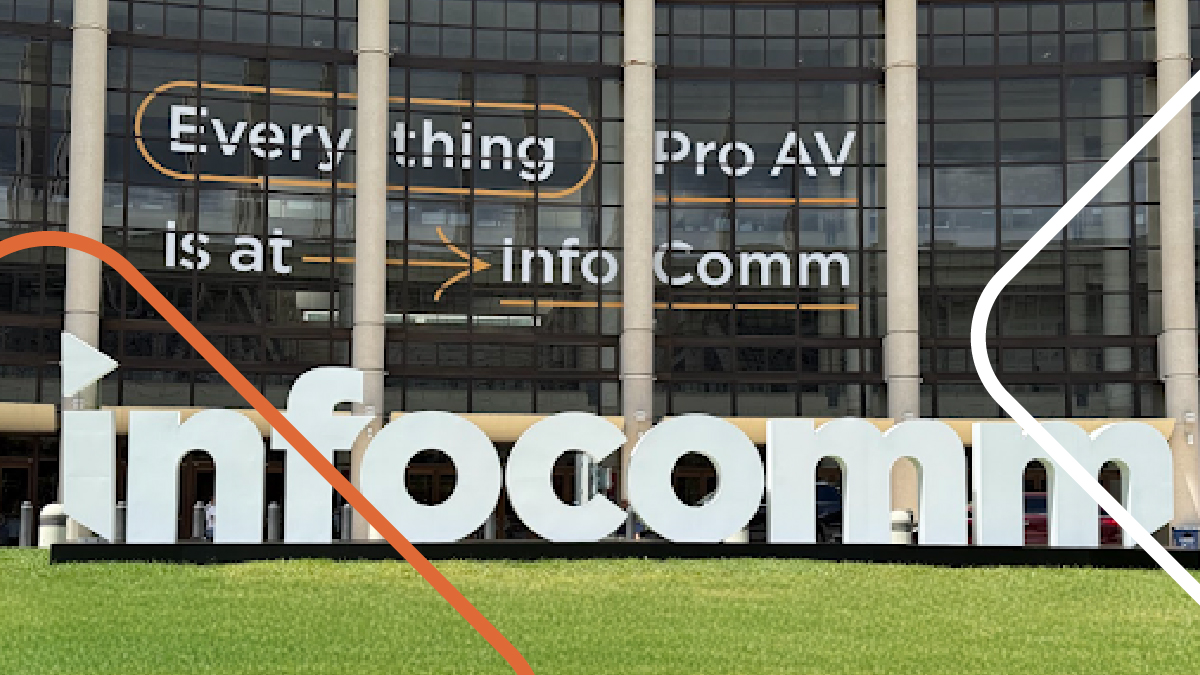
Three trends driving today’s retail field service delivery crisis
May 11, 2022
It’s been a tough couple of years for retail. Stores had to navigate closures, mandates, talent shortages, and changing customer preferences.
Now, retailers want to move beyond survival mode and shift to investing for the future––especially as it relates to IT infrastructure and digitization trends. In fact, IHL Group (a global research and advisory firm) estimates IT spending as a factor of revenue has increased on average 40 to 50% since 2019.
Unfortunately, just as retailers are raring to implement the latest technology, they face another challenge. It’s harder than ever to find the IT talent they need. Consider that there are:
- 700,000 open IT jobs open in the United States (Comptia)
- About 40,000 posted field service technician jobs (Indeed.com)
The combination of those two tectonic shifts has proven to be extremely challenging––and it’s also creating a crisis in the field service industry.
What trends are driving this retail service delivery crisis?
Three trends, in particular, are playing a major role in shaping this crisis.
Trend #1: Consumer preferences are changing post-pandemic.
If you’ve been to a mall, restaurant or airport recently, you’ve probably noticed far more self-checkout options. This shift toward digitalization and connected devices was already in motion, but it accelerated dramatically during the pandemic.
According to our data, demand for installations and maintenance for self-checkout platforms was up a whopping 42% from 2020-2021—and we expect that growth to continue to 2022. At the same time, wireless work grew 36%.
This huge shift in demand points squarely to the changing behaviors of the post-pandemic consumer. They’ve come to expect a certain level of convenience and ease in ordering items online. Now, they want that same convenience and ease in brick-and-mortar stores—and that is becoming increasingly tougher to deliver on.
Trend #2: Stores are running understaffed
Talent is in short supply across industries, and retail is no exception. The labor shortage gives retailers more reason to invest in tech-driven options that ensure a positive customer experience.
In addition, many retailers want to empower store employees by updating payment terminals, adding more store communication platforms, and increasing the number of the self-checkout platforms I mentioned above.
Bottom line: Retailers need to take the heat off their smaller-than-usual teams and technology has become a viable solution.
Trend #3: Stores need to watch their stock positions more carefully
Supply chain disruptions and product shortages gave retailers their number one reason for investing in new technology: inventory visibility (47% said just that, according to a recent survey by the IHL Group). Tthere are more reasons as well, including:
- Refreshing POS infrastructure (46%)
- Updating OMS (37%)
- Adding self-checkout (33%)
- Updating payment terminals (28%)
These inventory challenges are putting even more pressure on technology solutions for retailers.
Once in a generation spend levels
Combined, these trends contribute to one of the biggest shifts in retail in decades. IHL Group shared that retail IT spend as a percentage of revenue has increased a full percentage point since the beginning of the pandemic, calling it a “once-in-a-generation increase in IT spend.”
But with IT talent shortages, who will plan for and implement all of this spend? And once the new technology is in place, who will support it?
One way to find fast, reputable IT support is through an on-site talent platform that connects you with independent contractors. This on-demand approach is built for volatility, and it aligns with the way a large percentage of today’s IT workforce prefers to work. Contact us directly if this is an attractive option.
Technology infrastructure work will continue to increase over the next 12 months in the retail sector. We will continue to see a spike in networking work to enable wireless and connected devices. Retailers and restaurants will invest heavily in upgrading to fiber infrastructure, and the overall proliferation of devices will lead to a sustained increase in the installation of low voltage data and voice cables.
Labor shortage issues will continue, too. These shortages in the retail sector will push field service organizations to find different ways to source labor to meet the geographic reach and required skillsets of the current wave of demand.
Wael Mohammed is the executive vice president of product management and strategy for Field Nation.
RELATED RESOURCES
More from the field
- Business Growth
- Control Costs
- Success Story
- Field Service
- Labor Marketplace
- Blog
- Labor Marketplace
- Upcoming Webinar







